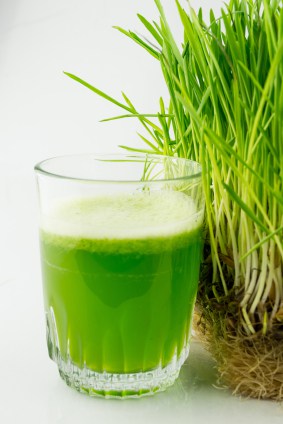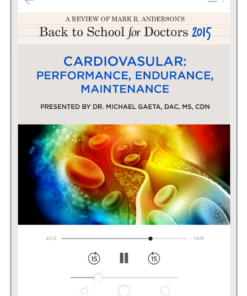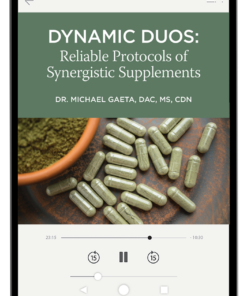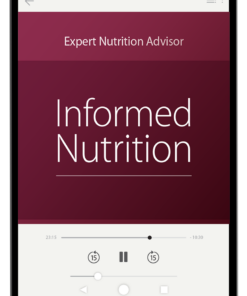One of the most powerful liver cleansers is the juice of the grass grown from wheat berries.
The Causes of Toxicity
The liver is an essential part of your body’s ability to neutralize and eliminate toxins. In this regard, it is like the oil filter in your car. Over time, several factors can make the liver congested and sluggish and overwhelm its detoxifying ability:
• Poor diet: refined & highly processed foods, fried foods, dairy products, refined sugars, hydrogenated oils, fast food, chemical additives, preservatives, pesticides and artificial sweeteners
• Drugs: medications, smoking, alcohol and recreational drugs
• Environmental pollution: air, water, noise, electromagnetic
• Poor digestion, especially “leaky gut” syndrome: toxin absorption through gaps in the intestinal wall
The Effects of Toxicity
Your body manages toxins in three progressive stages:
- Elimination
- Inflammation
- Isolation and mutation
Normally, your body deals with toxins by eliminating them. If the toxic burden becomes greater than what your body can handle, toxins become deposited in body tissue and increase free radical production, causing systemic damage and inflammation. Compromised liver function also causes the other organs of elimination (lungs, kidneys, skin, and colon) to become overburdened and toxic themselves.
If the toxin load continues and the liver is not allowed to recover, the body will wall off these toxins to separate them from vital tissues. Recent research shows that actual genetic alterations in cells may also occur, leading to mutation and abnormal cell production. The result can be the formation of masses or tumors. This does not a completely explain all cases of cancer, but the idea that body toxicity contributes to most chronic illness is growing in acceptance.
Symptoms of Liver Toxicity
In people with unhealthy liver function, toxins accumulate—especially in fat tissue, the nervous system, and brain. These toxins also circulate in the blood and contribute to many long-term health problems: chronic fatigue, muscle, joint and nerve inflammation and pain (e.g., arthritis, fibromyalgia), atherosclerosis, blood sugar imbalance, food and airborne allergies, headaches, skin rash, chemical sensitivity, premenstrual symptoms, poor fat digestion, gastritis, colitis, weight gain, impaired concentration, asthma, decreased mental acuity, and much more.
In my experience, effective liver detoxification is one of the single most powerful tools for regaining and maintaining long-term health and vitality.
Diagnosing Liver Toxicity
With a thorough health history and a complete evaluation, a holistic health professional can usually assess your relative level of toxicity. Some practitioners offer a urine and saliva test that measures measure how well your liver is doing its job of handling toxins. The test also points to specific nutrient deficiencies, helping your practitioner tailor a clearing program to your body’s unique needs. In contrast, the so-called “liver function profile” in a blood test has nothing to do with measuring liver function. It merely assesses damage already done from inflammation, infection or other insult.
Treating and Preventing Liver Toxicity
Over the years, helping hundreds of people through clearing programs, I have seen the potential that liver detoxification has for improving life quality. I generally recommend that people detoxify their liver in the spring, the season associated with the liver and gall bladder in Oriental medicine.
There are many ways to help the liver decongest and free itself of accumulated toxins. The methods I have found useful include a modified diet, specific herbal and nutritional medicine, light aerobic exercise, bodywork therapy, and acupuncture. I also draw on the profound power of inner work—meditation, gratitude, forgiveness, prayer, breathing exercises, and journaling.
Meditation: Spend 5–10 minutes upon arising and before sleep to focus on your breathing, deeply into the belly. Simply observe thoughts as they come and go, and return your attention to the breath when you notice that your mind has wandered.
Gratitude: Write down five things you are thankful for each day. In the words of Lloyd Meeker, an American teacher of this century, “What’s right with you is the starting point. What’s wrong with you is beside the point.” Thankfulness in all things is a key to mastery. Pay attention to what is already good, true and beautiful in others and yourself.
Forgiveness: Lack of forgiveness—holding grievances or resentment against someone (including yourself)—blocks the flow of life force in the body. In Chinese medicine, the liver relates specifically to emotions such as anger, frustration, and resentment. One of the most powerful and essential healing questions is, “Who have I not forgiven?” Forgiveness is a potent means for healing and restoring the liver energy, healing your life, and knowing peace.
Breathing exercises: This can take the form of mild aerobic exercise, such as walking, cycling or swimming. If you are in at least average health, 30–40 minutes three times a week is a good start. You can also spend ten minutes doing full three-part breaths. Inhale first into your lower abdomen, then the upper abdomen, then the chest. Exhale in the reverse order.
Journaling: Spend time each day to record feelings, not just events. Bring what is true and real for you out on paper, without concern for grammar or spelling. Journaling is a powerful and lifelong tool for self-exploration.
Natural medicine: One of the most powerful liver cleansers is the juice of the grass grown from wheat berries. Wheatgrass juice cleanses and builds the blood and provides concentrated chlorophyll, magnesium, vitamins and (colloidal) trace minerals. It is the supreme “green superfood,” and can be found at natural food stores. You can buy it fresh from a juice bar, frozen, or juice it yourself. If you suspect that your body is toxic, start out by eating a clean, whole foods diet for a few weeks before starting. One ounce per day is excellent for maintenance—two to three ounces for strong liver cleansing. Read Ann Wigmore’s classic The Wheatgrass Book for more details. If you are interested in taking other supplements for detoxification, consult a licensed health professional to find out what’s specific for your health needs and goals.
Hot lemon water: An old-time remedy and daily tonic for the liver and gallbladder. Soon after arising, squeeze 1/4–1/2 lemon into a glass of hot water, and drink slowly.
Intensive liver detoxification is not for everyone. Temporary “clearing symptoms” like headaches, fatigue, gas, changes in bowel habits and lightheadedness may occur. Consult a licensed health professional trained in natural medicine to create a clearing program specifically tailored to your unique physiology and health needs and coach you through the process. After the initial clearing phase, people generally report improved mental clarity, physical energy, and emotional balance. After your first detox program, you may wish to do one each spring as your internal “spring cleaning.” Each detox tends to be easier than the last.
Effective liver detoxification is one of our most powerful tools for restoring and maintaining health, vitality and wellness.
Photos from iStock/maramicado





